“How to Increase Productivity and Stop Procrastinating?”
“How to Get Rid of my Brain Fog?”
“How to Manage My Time Better?”
“How to Focus and Get Things Done?”
If you’ve asked any of those questions above, you are not alone.
And this guide may help.
Millions of people around the world are struggling with the same problems during these crazy times.
2020 is the year of a global pandemic the likes of which the world has never seen before.
But it is what it is, and we’re all stuck indoors. And being indoors brings with it unique challenges when you’re trying to be productive.
Especially if you have a family and pets. And with all the doom and gloom in the news, how exactly are you supposed to focus and get things done?
Now, before you go microdosing with….stuff, maybe take a look at some scientific research.
We’ve compiled some of the best tips and tricks using psychological insights from successful non-procrastinators around the world on how to increase productivity.
Being productive may not always mean working more hours. Sometimes less is more.
Let’s delve deeper.
1. Get Plenty of Sleep

This is a big one, especially for mental acuity. If you think you can wing it on 4-5 hours of sleep every night, think again.
For example, this scientific study on sleep deprivation has shown huge impacts on cognitive performance caused by lack of sleep.
Yes, by depriving yourself of sleep, there are more work hours available. But would that be meaningful work?
Furthermore, sleep deprivation impairs attention and working memory, along with long-term memory and decision making.
So, chances are, you may look busy, but you are not getting a lot done. What’s also known as busywork.
And if your job requires a lot of focus and concentration, you’d be better off getting a solid night’s sleep.
Not only will you get more done in less time the next day, your mood will be better.
You will be more productive with better sleep quality. And since sleep is such an easy, enjoyable activity, it’s a win-win, right?
Here are 8 Secrets to a Good Night’s Sleep – By Harvard Medical School
2. Avoid Meetings
Yeah, I know, blasphemy! (for some).
But research on financial impact of meetings has shown poorly organized meetings are one of the most unproductive things you can do.
“Pointless meetings may have cost U.S. companies close to $399 billion in 2019.”
Especially if they are long meetings. If you absolutely have to have meetings, keep them short and to the point.
For example, in one of my previous jobs, I spent close to 6 hours per week x 4 = 24 hours per month x 12 = 288 hours per year in meetings!
And you know the best part? My portion of the meeting was only 10 minutes towards the end!
Yet I had to spend the first 50 minutes listening to others drone on about what they can or cannot or don’t want to do.
That could have easily been achieved with an email, and I would have been a more productive, efficient employee.
Poorly organized meetings are inefficient, and you should find better, faster ways of doing things.
3. Listen to Piano in the Background
Research has shown classical piano music can improve productivity
It’s been shown to increase focus and concentration, especially when doing creative work.
As an example:
Or instrumental music of any other kind will work.
Lo-Fi Radio on YouTube is another form of productive, instrumental music that’s helpful.
4. Remove All Distractions
This is actually easier done than said in 2020, at the time of writing.
We’re all in lockdown mode, and if you have fewer family members, all you have to do is put your phone on mute and tell your SO to shut up.
Try and do all your chores the evening before, so you wake up with better mental space and fewer distractions.
5. Take Breaks Every Hour
Try the 45-15 method. 45 minutes of hard work, followed by 15 minutes of break every hour.
I’ve found this strategy works perfectly, especially when you get stuck or hit a plateau.
Which brings us to the next point.
6. How to Increase Productivity with Exercise Breaks
If you’re on your break and working from home, don’t put the TV on or browse Facebook.
None of those things will actually help your mind to recharge.
Instead, go out for a walk, or a bike ride.
Wanna stay indoors? Do the 7 minute scientific workout published in the American Journal of Sports Medicine’s Health and Fitness Journal.
Don’t know what in the blue lagoon I’m talking about? Just play this video and follow along:
A quick workout gets the blood flowing, which is especially crucial for better functioning of the brain.
So ditch the remote and do some lunges instead.
8. Use Online Tools that Increase Productivity
With social distancing and work-from-home the main focus of 2020, online collaboration tools have become ever so important.
Let’s take a look at a couple of these tools that can really make a difference:
Project Management
Communication
Knowledge Processing
(Audio and Video Transcription. Language Translation. Video Subtitles)
9. Eat Healthy
This doesn’t need to be said, especially during these times when your immune system is of the utmost importance.
Eating healthy will not only keep your body safe from deadly viruses, but also keep your mind in good shape.
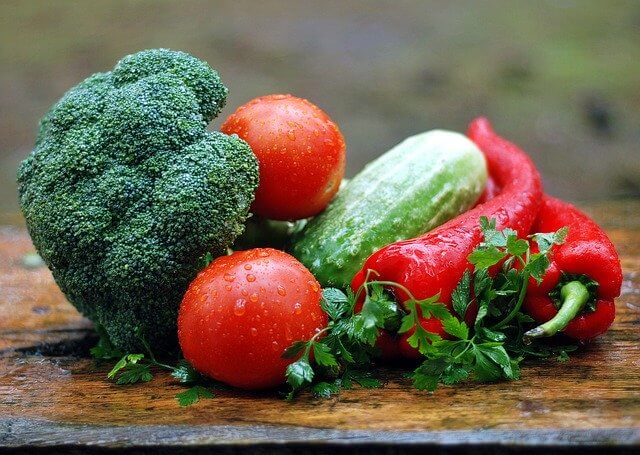
You will have a better, cleaner source of fuel, and the ability to focus and concentrate on tasks better.
What works best is eating more plant based foods, less meat, less dairy. Avoid processed, refined carbohydrates and saturated fat.
10. Just Get Started
Nike has been telling you for years to “Just Do it!”, but you just don’t listen!
Don’t let perfect be the enemy of good. Whatever it is you’re stuck on, just get started.
Even if you work on it for only 2 minutes on the first day, that is enough. Rome wasn’t built in a day.
As you do more and more work, all the little efforts compound and bring you results down the line.
But it is important to start.
How to Increase Productivity Using Transcription
1. Dictate & Record Ideas, then Transcribe Them
This is probably one of the fastest ways to put your ideas on paper.
Just install a voice recording app, either Android or Apple. Wear one of those hands-free headsets, bluetooth or not, and start recording.
Then upload your recorded audio on a transcription services website like ours and follow the steps.
You can utilize this strategy to save time as well. For example when you’re driving, cycling, cooking etc.
If you are new to recording interviews, this post can help:
2. Transcription for Authors looking to Self-Publish
If you’re a writer who wants to self-publish their book, audio transcription can help cut your time in half, oftentimes by 75%.
How? Narrate and record your ideas, get your recording transcribed, then copy paste text from the transcript into your book.
Highly recommended transcription services guarantee 99% accuracy on clear quality audio.
Everything comes researched and spell checked, so no proofreading needed either.
Plus you can get a legal NDA (non-disclosure agreement) signed for confidentiality.
Or if you’d like to do the transcription yourself, the following guide may help:
3. Transcribe Your Zoom Meetings and Research Interviews
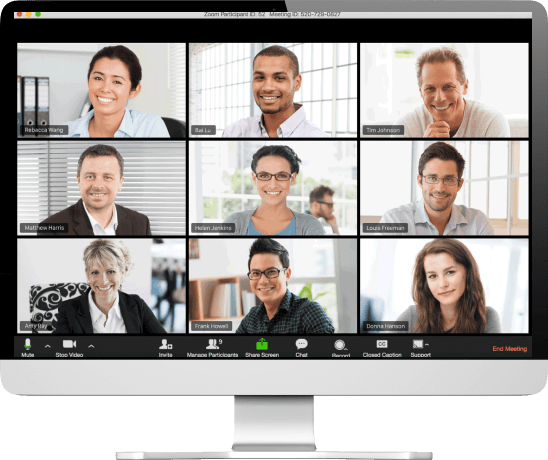
Work meetings have moved to video conferences as almost everyone is working from home now.
Yes, I know I said not to have meetings earlier in the post. :)
But if you absolutely have to, and if you missed out on taking notes during one because you were too busy admiring Karen’s living room decor in the background, there is still hope.
Video conferencing tools like Zoom or Skype offer free (or paid), automatic call recording features. Those are saved on your device.
You can then send them to a video transcription service, and get a fully featured transcript complete with time stamps and speaker labeling, which is also proofread for 99% accuracy and comes spell-checked.
It’s much, much easier to search through a transcript than it is through a video or audio file, especially if it’s a long meeting.
What about Confidentiality?
Always ask the transcription service to sign an NDA before uploading your team meetings.
Fortunately, our team of transcribers sign confidentiality agreements before they start working with us.
3. Add Subtitles to Videos for Efficient Marketing
Whether you’re a YouTuber or a Podcaster, depending on your niche, business may be booming during the lockdown.
If you want to have a global presence, which means more subscribers from around the world, not adding subtitles to your videos in 2020 is a cardinal sin!
Why? The following statistics will make it easier to understand:
Close to 30 million people in the USA alone are either completely deaf or hard of hearing. And according to the WHO, “Around 466 million people worldwide have disabling hearing loss. And it is estimated that by 2050 over 900 million people will have disabling hearing loss.”
AND
This research from the American Press Institute shows that 85% of Facebook videos are watched on mute.
On top of this, English is not the first language for many people around the world who may be interested in your content.
But they do understand videos better with subtitles.
Accurate subtitles are especially helpful if you’re a fast speaker.
This is why Netflix has a global presence, because every single piece of their content has subtitles.
What about YouTube’s Free Closed Captions?
If you haven’t experienced YouTube’s free closed captions yet, I encourage you to try it.
Long story short, they are useless. Because they’re hilariously inaccurate. AI/Machine transcription is just not there yet.
If you don’t want your videos to have nonsensical subtitles, do not use YouTube’s CC feature, unless you’re an extremely slow speaker.
Even then it will mess up similar sounding words.
How do Subtitles Increase my Productivity though?
You’re reaching a much, MUCH larger audience, millions of more people.
Which means you don’t have to work that much harder on marketing your videos.
So, you get more views, which means more subscribers. YouTube/Google algorithm loves that.
Saved time = Saved money.
Our video transcription services can help with that.
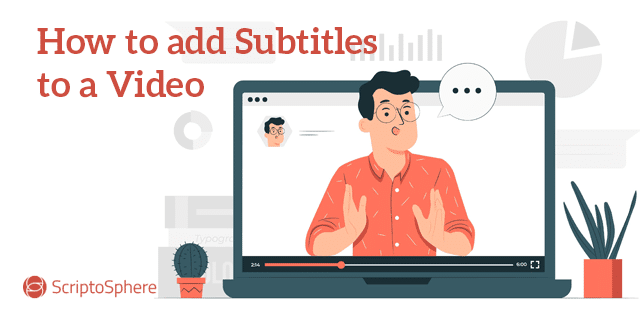
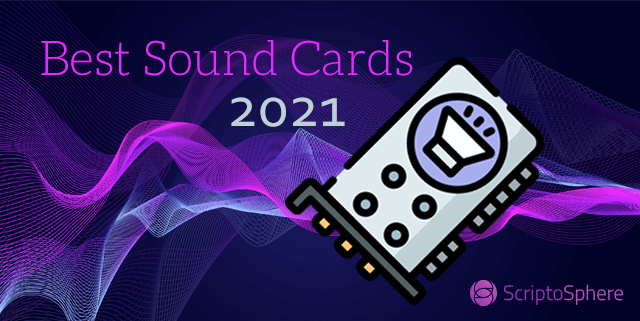



Leave A Comment